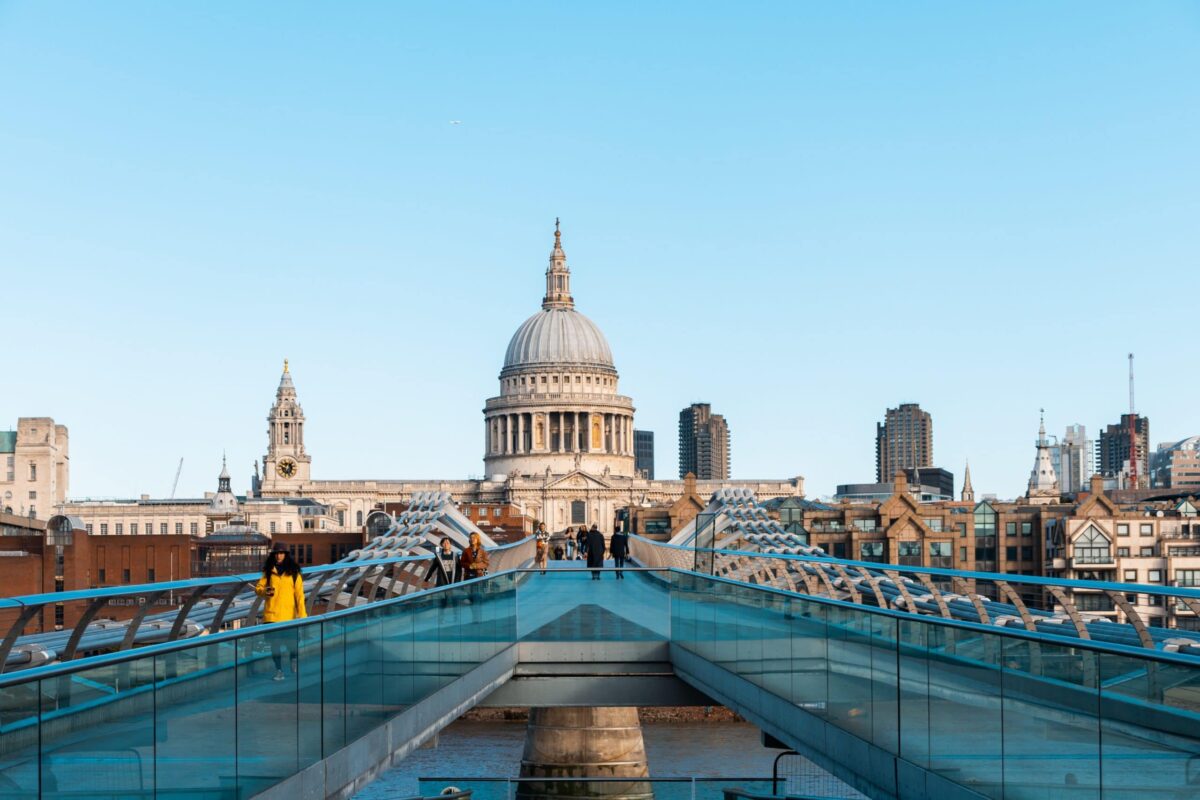Peter Farley-Moore, the new Archdeacon of Hackney, will be installed at St Paul’s Cathedral on Sunday 24 April at Evensong at 3.15pm. All are welcome to join.
But what is an installation?
We asked the Reverend Robert Coupland, Sacrist at St Paul’s, to explain:
“Simply, an installation is the process of placing a cleric or officer of the church into a stall (or liturgical chair) in a church or cathedral; literally in-stalling.
Stalls are usually reserved for the proper officer holders for a particular community i.e. there is usually a vicar’s stall in a parish church, or the throne in a cathedral for a diocesan bishop. It’s an ancient custom, similar to the enthronement of a monarch, that whomever occupies the chair/stall/throne exercises the authority of the office it represents. Bishop Sarah occupies the cathedral in St Paul’s and therefore exercises the office and authority of the Bishop of London.”
Simply put, the person being installed gets a chair (or stall) in the cathedral. The Revd Robert Coupland went on to explain that there is a legal process surrounding installations because the Church of England is established in law. Any ministry is a publicly recognised one, and affords the officer holder with certain privileges.
“The legal bit also holds the officer holder accountable. That’s why candidates make oaths beforehand. The well-known saying ‘with power comes responsibility’ comes to mind.”
The College of Canons
Bishops, Archdeacons, Canons, Prebendaries, Priest Vicars, Minor Canons, with some Cathedral and Diocesan officers, make up what’s known as the Cathedral foundation (the historic Cathedral Community). The life of a Cathedral is closely linked to the life of a Diocese as Cathedrals exist to support the work of the Diocesan Bishop and to represent the Diocesan Community.
For this reason, senior clergy within the Diocese – Area Bishops and Archdeacons – have stalls in the Cathedral (into which they are in-stalled), which is symbolic of their authority in the Diocese, and gives them a place in the life of the Cathedral (as they don’t have their own churches). This is automatic. They have a right by virtue of their office to have a stall in the Cathedral. It is similar to the cathedral clergy who have stalls because they maintain the cathedral on the behalf of the Bishop.
Prebendaries (usually diocesan clergy) are given the privilege of stall in the Cathedral usually as a recognition for some achievement or hard work and long service, and they gain a voice within the life of the diocese and a new style: ‘The Reverend Prebendary’.
Together, the Bishops, Archdeacons, the Chapter, and the Prebendaries make up what’s called the College of Canons, and together they advise the Bishop (and the Dean) in shaping the vision for the diocese and the cathedral.
